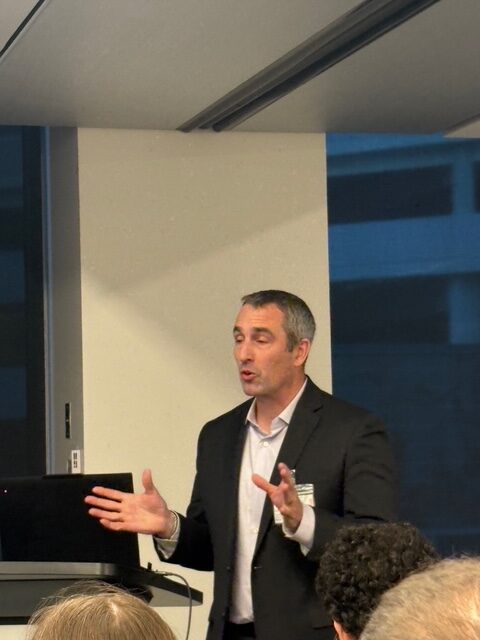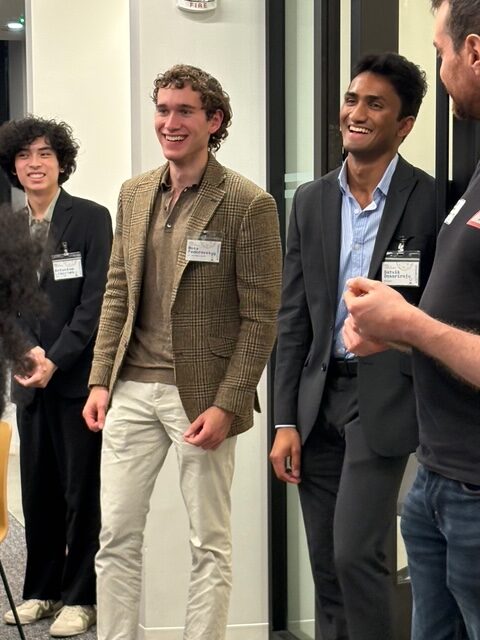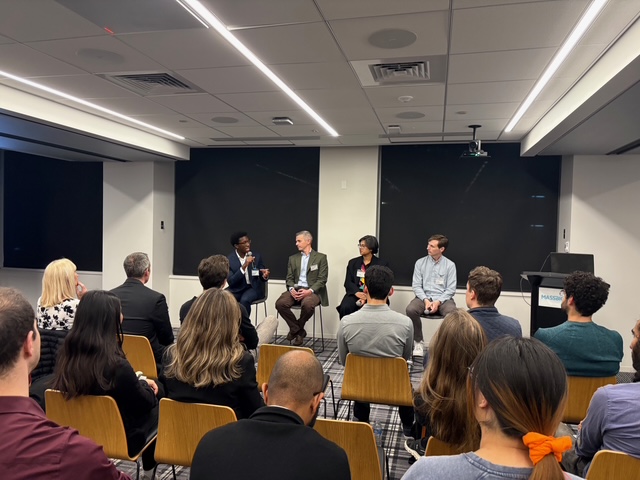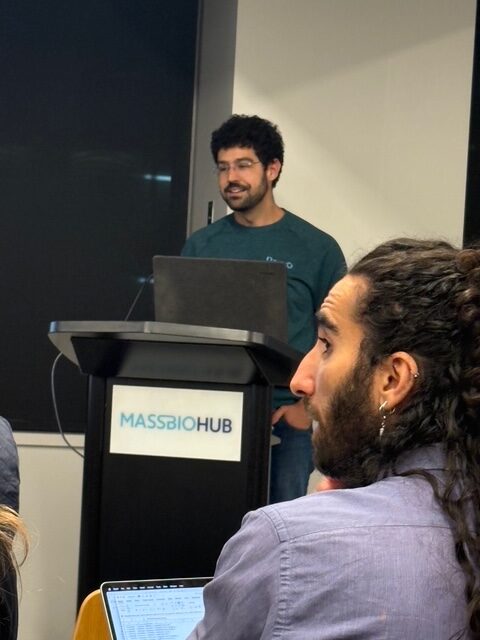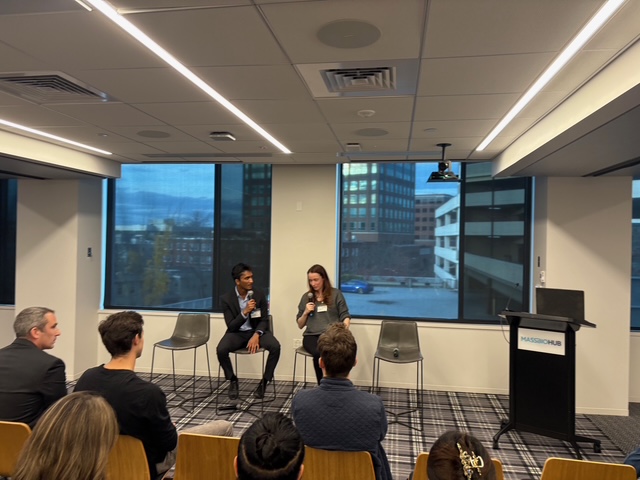“The idea of slowing, or even reversing, human aging has long occupied both science and imagination.”
Interest in healthier, longer lives is rising, supported by recent scientific advances in aging research. But turning those discoveries into everyday healthcare solutions remains a work in progress. In this landscape, longevity clinics have attracted attention as personalized alternatives to traditional medicine.
What Are Longevity Clinics?
Longevity clinics are private centers offering tailored programs designed to improve long-term health and slow biological aging. Using advanced diagnostics such as genetic sequencing, full-body imaging, and blood tests, they develop personalized plans that may include exercise, nutrition, hormone therapy, or experimental treatments. Frequently found in countries like the United States, Switzerland, and the United Arab Emirates, these clinics reflect a growing global interest in preventive healthcare, though their high costs and scientific credibility remain subjects of debate.
The Editorial
“Longevity clinics: between promise and peril,” an editorial by Marco Demaria, Editor-in-Chief of Aging-US, from the European Research Institute for the Biology of Ageing (ERIBA), University Medical Center Groningen (UMCG), University of Groningen (RUG), was published in Aging-US (Volume 17, Issue 10).
In this work, Dr. Demaria critically examines the rapid rise of longevity clinics, offering a thoughtful perspective on their current role, their potential to influence the future of healthcare, and the barriers they face in becoming credible contributors to aging science. He outlines both the opportunities these clinics present and the concerns surrounding their practices and impact.
Challenges
Longevity clinics aim to shift healthcare from treating illness to preventing it. Their appeal is based on the promise of early detection and personalized care tailored to each individual. However, these services often come at a significant cost, with some programs ranging from €10,000 to over €100,000 per year. This makes them accessible primarily to a small, wealthy segment of the population. As a result, concerns about fairness arise, especially considering that those most vulnerable to age-related health decline are often the least able to afford such care.
Opportunities
Despite the challenges, the editorial points out important contributions that longevity clinics could make. By collecting long-term data from clients, they may help researchers identify early warning signs of aging and detect age-related diseases earlier. Unlike traditional clinical trials, which are often short and disease-focused, these clinics track a broad range of health measures over time. When paired with artificial intelligence tools, this data could reveal meaningful patterns and support the development of better aging interventions.
The healthcare model promoted by longevity clinics also encourages people to actively manage their health, promoting lifestyle changes known to support healthy aging. Clinics often adopt new technologies and diagnostics faster than traditional institutions, potentially accelerating the translation of research into real-world use.
Concerns
Still, serious limitations remain. Some clinics offer therapies that are not well tested or not yet proven to be safe. Others provide test results that are difficult to interpret, and the lack of standardized protocols across clinics makes it harder to ensure consistency or accuracy. Tools like biological age calculators or hormone therapies may lack clear clinical value, which can lead to advice that is confusing or unsupported by strong evidence. Additionally, commercial motivations can outweigh scientific rigor. Furthermore, many clinics operate outside traditional healthcare systems, avoiding regulatory oversight. This not only creates safety concerns but also poses a risk to the credibility of the broader field of aging science.
Potential and Path Forward
What sets longevity clinics apart is their focus on personalization, prevention, and ongoing care. With greater scientific integration and ethical standards, they could become important partners in transforming how we approach aging and chronic disease. But for this to happen, certain conditions must be met.
The editorial outlines four key steps for the future. First, clinics should collaborate more closely with academic researchers and medical institutions. Second, testing protocols, biomarkers, and reporting methods must be standardized to improve consistency and scientific value. Third, broader access should be encouraged, whether through public health initiatives or insurance models. And fourth, there is a need to clarify the boundary between wellness services and medical care.
Conclusion
In summary, longevity clinics offer an idea of what future healthcare could look like: more personalized, preventive, and proactive. But without stronger scientific foundations, wider accessibility, and clear regulation, their promises may remain limited to a privileged few, leaving their full value uncertain. Whether they fulfill their promise will depend on continued collaboration with science. Equally important is a commitment to equitable, evidence-based care.
Click here to read the full editorial published in Aging-US.
___
Aging-US is indexed by PubMed/Medline (abbreviated as “Aging (Albany NY)”), PubMed Central, Web of Science: Science Citation Index Expanded (abbreviated as “Aging‐US” and listed in the Cell Biology and Geriatrics & Gerontology categories), Scopus (abbreviated as “Aging” and listed in the Cell Biology and Aging categories), Biological Abstracts, BIOSIS Previews, EMBASE, META (Chan Zuckerberg Initiative) (2018-2022), and Dimensions (Digital Science).
Click here to subscribe to Aging-US publication updates.
For media inquiries, please contact [email protected].

